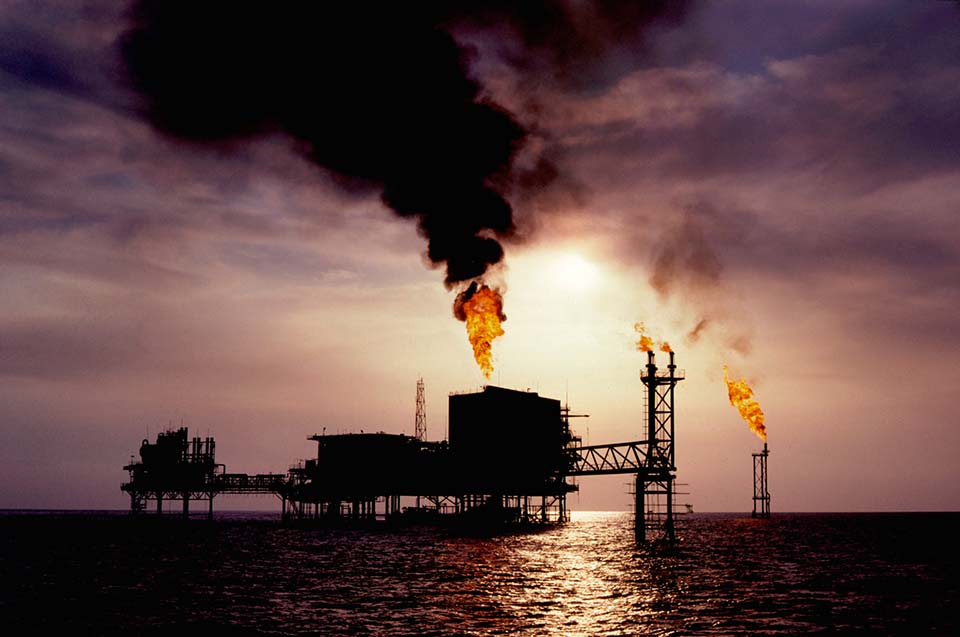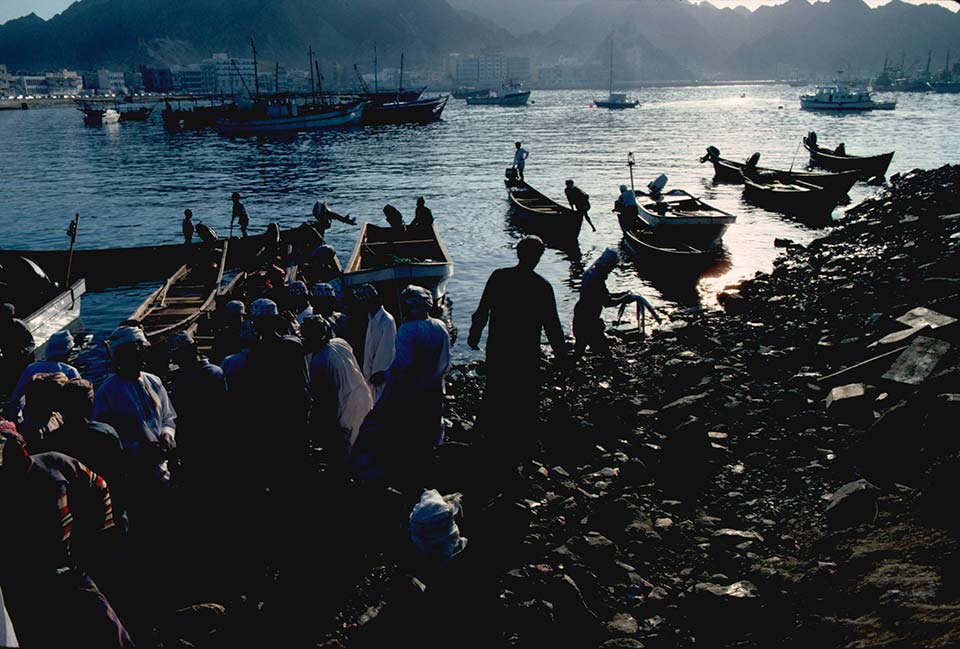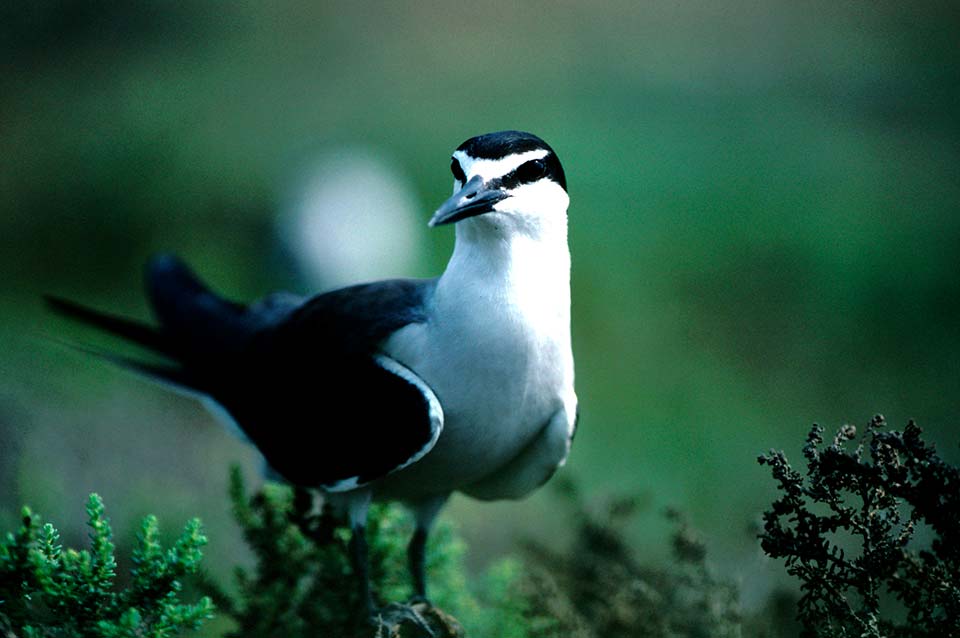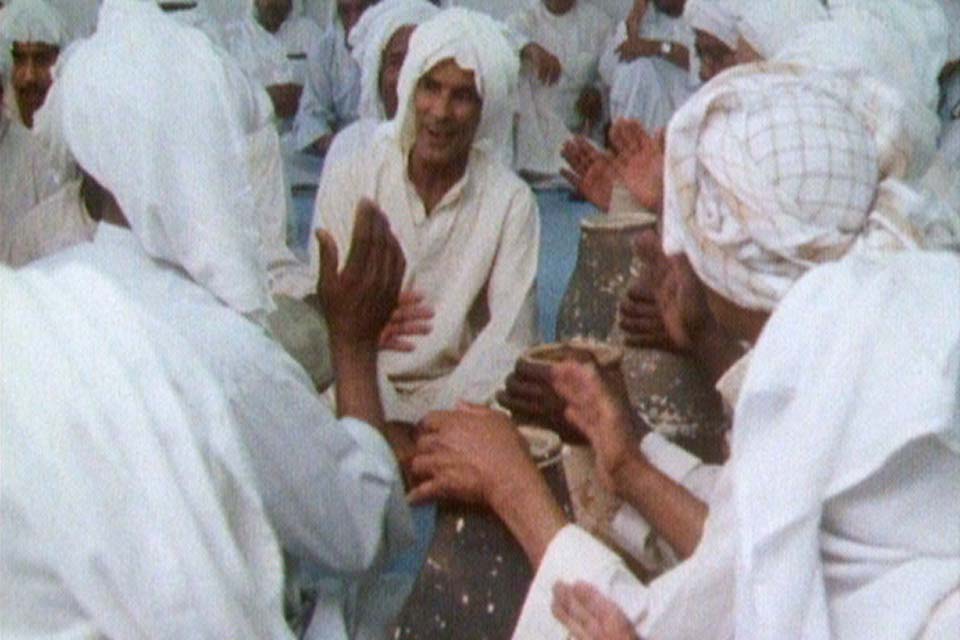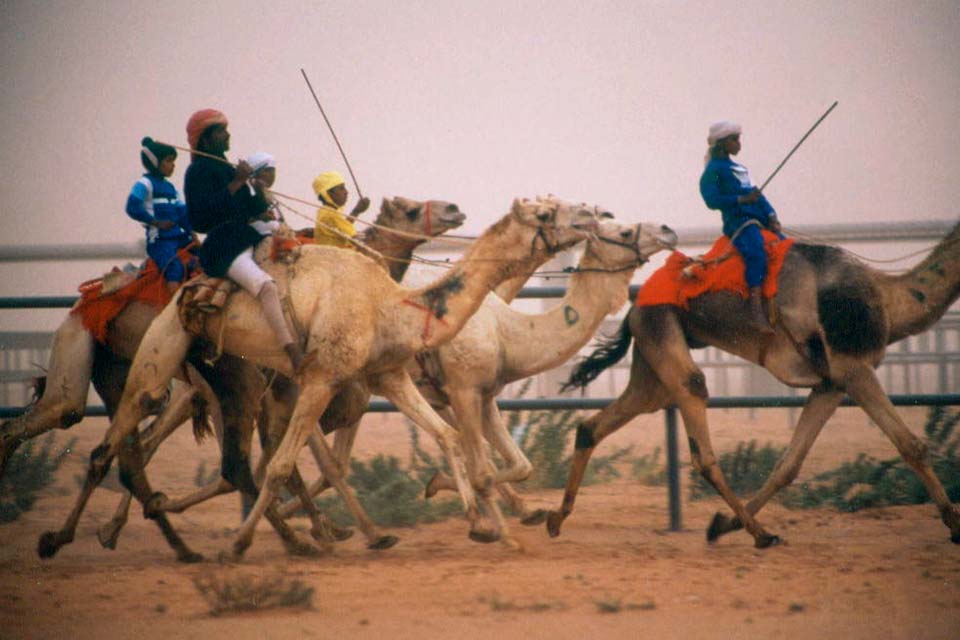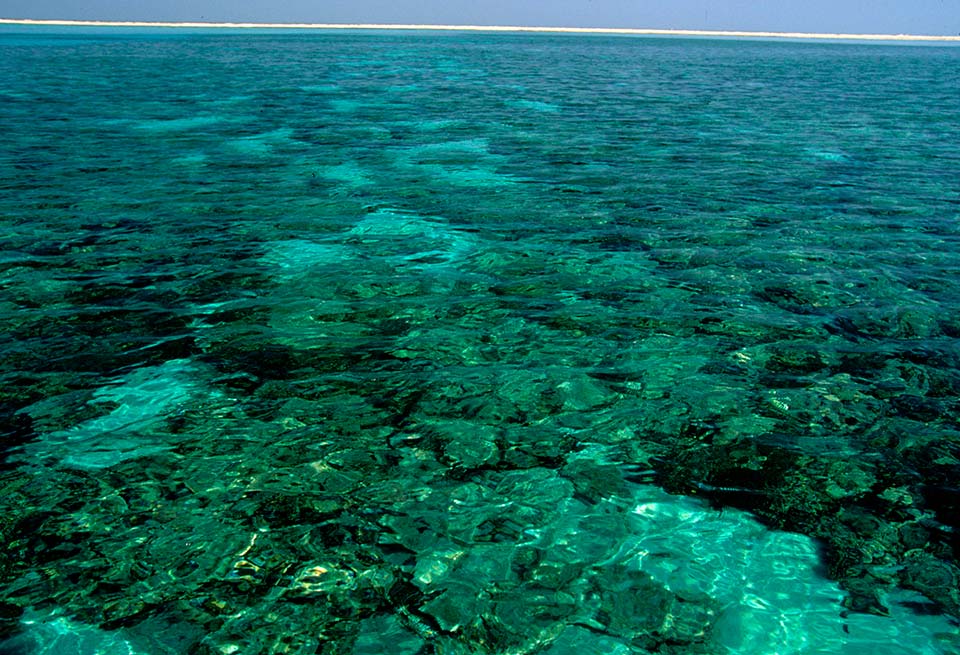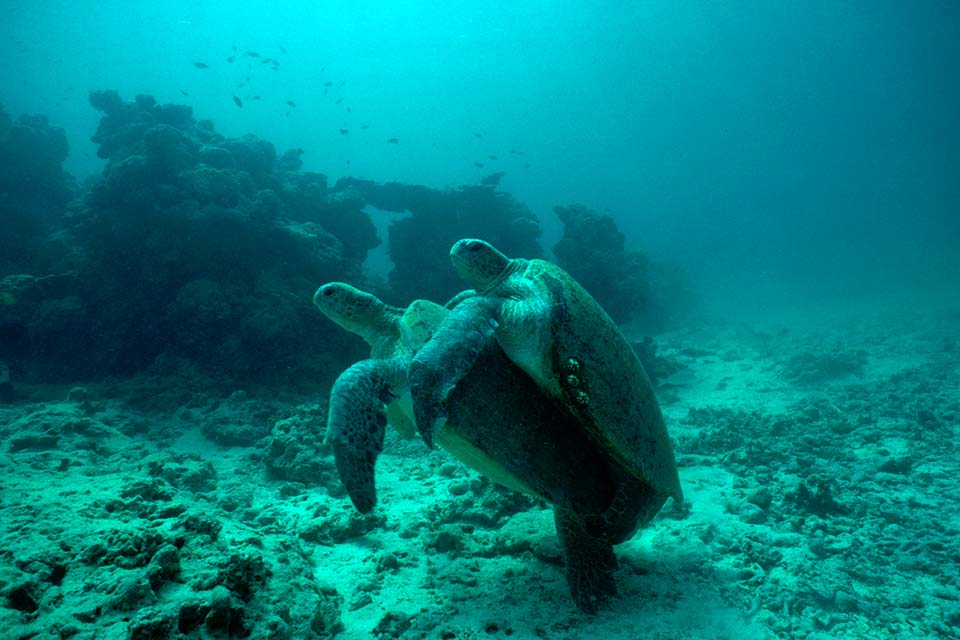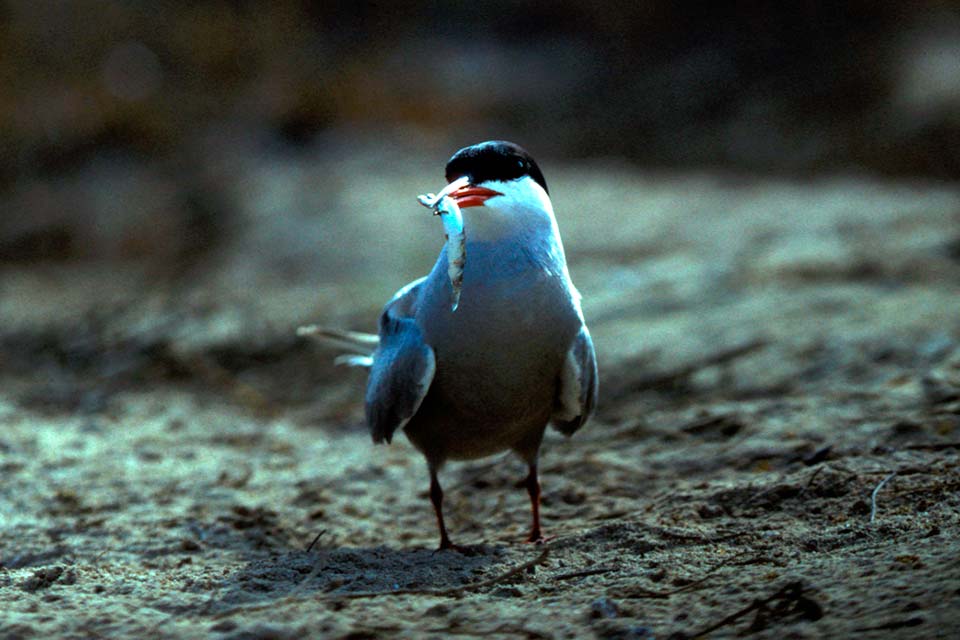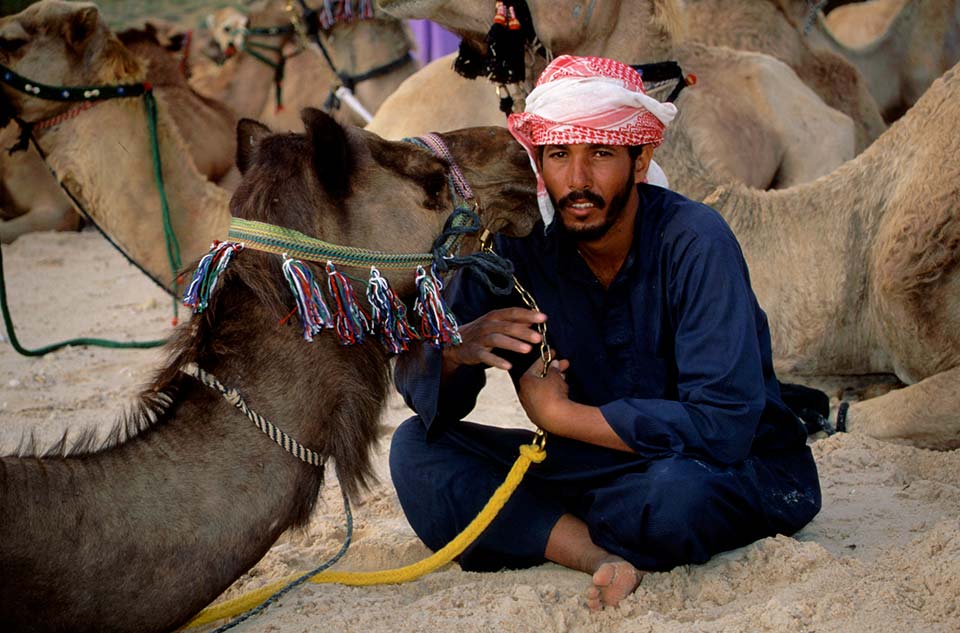Treasures of the Gulf, 1983-1985
First Broadcast: BBC2 and PBS ‘Nature’ USA
Distribution: McKinnon Films
Running Time: 6 x 30 minute
Series Synopsis
A series of six half hour documentary films on the marine life of the Arabian Gulf and the Gulf of Oman, showing the many ways of harvesting the sea and the effect of modern developments and fishing methods upon the ecology.
Main Species
Pipe Fish, Lion Fish, Cuttlefish, Stone Fish, Sea Anemone, Parrot Fish, Star Fish, Angel Fish, Jellyfish, Conch, Mackerel, Coral Reefs, Oil Rigs, Oil Drilling, Barnacles, Clams, Crabs, Algae, Bat Fish, Toad Fish, Mudskipper, Prawn, Sea Gulls, Flamingos, Proboscis Worm, Jack, Sea Snake, Remora, Sardines, Sea Urchins, Cleaner Wrass, Goat Fish, Moray Eel, Nudibranch, Mangrove Roots.
Awards
BISFA award for best script writer 1985
Credits
- Producer: Michael McKinnon
- Director/ Cameraman: John Bulmer
- Directors of Underwater Photography: Ron and Valerie Taylor
- Editor: John Veal
- Executive Producer: Ibrahim Al Yousuf
- Composer: Robert Boyle
1) From Marsh to Mountain
The Arabian Gulf, from the marshes of Iraq to the oceanic waters of Oman, is a unique geographical zone. The sea has shaped the language, the music and the economy of the region. This film portrays a traditional way of life that is now largely a memory. The modern developments of the oil age which have borne down upon the Gulf in unprecedented ways demand a new understanding of this fragile ecology.
2) Patterns of Life
Marine animals live in a vast complex of interacting systems. Each species is an essential link in several different chains of dependence critical to the survival of sea life. In the struggle to survive, fish bluff, mimic, hide, burrow and camouflage themselves, and form complicated alliances with species often far removed from their own.
3) Coral Reef
Coral Reefs are the cities of the sea. They attract and shelter a multitude of creatures from simple organisms to the most complex marine communities. The coral reefs that form the island of Bahrain and the land mass of Qatar were built over thousands of years, yet corals are particularly sensitive to environmental changes and are therefore most vulnerable to modern use of coastal waves.
4) Oil and Water
For centuries fishing and pearling have provided the traditional livelihood of the people of the Arabian Gulf. Oil has brought great prosperity to the region, and marine life too has benefited from the protection afforded by oil platforms and miles of underwater pipeline. But the massive development that has come in the wake of oil puts different strains on the ecology. Is there a solution?
5) Harvest of the Sea
Fishermen of the Arabian Gulf still practice the skills they have learned over thousands of years. They harvest the sea by dhow and canoe, using nets and fish traps, and until recently their catches were sufficient for all their needs. Now the harvest is threatened by industrial methods of catching the fish, which often lead to over-fishing. Scientists today are working to restore the balance.
6) Living at the Edge of the Sea
The intertidal zone is the nursery of the sea, but it is also an area in which new roads proliferate, cities extend and man pursues his leisure. Between tides this region is the domain of mudskippers and crabs, small fish, turtles and flamingos. Can these creatures compete with the twentieth century?
